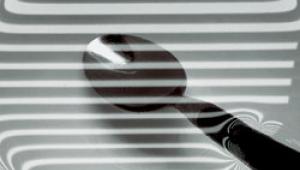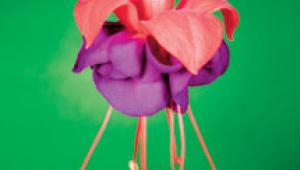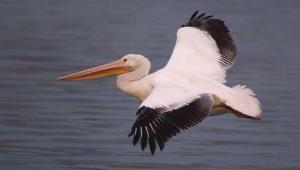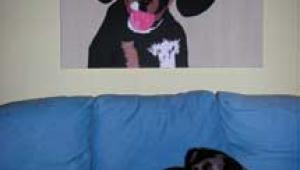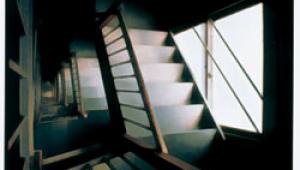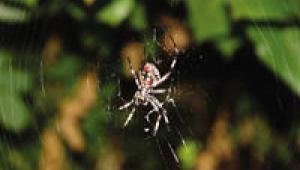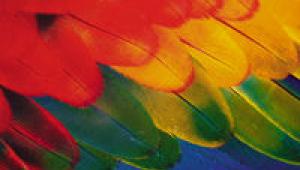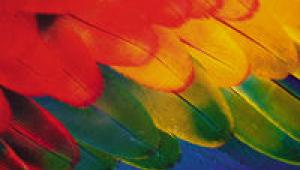8 Very Useful Filters Page 2
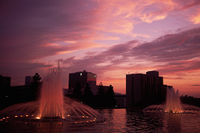 6. FLD
6. FLD Fluorescent-light filters were designed to improve results when shooting under fluorescent illumination. Fluorescents have an odd output, with spikes at certain wavelengths and some wavelengths completely missing (depending on the particular fluorescent bulb in question&—there are lots of different types, and often more than one type in in use in a given fixture). An FLD (for daylight) filter produces a good general correction when you're shooting daylight-balanced color film; an FLB (for Type B) works well with Type B (tungsten-balanced) color films. Newer color-print films work better with fluorescent lighting than slide films and older print films (print films with a fourth emulsion layer are especially good for fluorescent-light shooting).
You can also use the FLD filter to add a pleasant cast to outdoor twilight shots, as shown here.
Photo by Lynne Eodice
 7. Colored Filters
7. Colored Filters
Colored filters stop certain wavelengths of light from reaching the film. A colored filter doesn't add its color to a scene; rather, it takes away all the other colors from the scene. A red filter allows only red wavelengths (or mainly red wavelengths, depending on the filter's density and purity) from the scene to reach the film.
When you shoot a color photograph through a red filter, the photo will take on a red cast, because only the red wavelengths transmitted by the filter will reach the film. Light from objects that don't reflect or emit red wavelengths (blue and green objects, for example) doesn't reach the film, so these objects appear grayed or black in the photo. You can use a colored filter to add mood or for effect. An orange filter can enhance a sunset shot (or turn a white "colorless" sky orange); a CC30 red filter will nicely cancel the cast of cyan-tinted aircraft and train windows, so you can get good color shots through them.
Colored filters can also be used very effectively in black-and-white photography, to change the light/dark relationships among colored objects in a scene&—to provide contrast between objects that would reproduce as about the same shade of gray if no filter were used. For example, red flowers reflect about the same amount of light as green leaves, so both colors will reproduce as about the same shade of gray in a black-and-white photograph of the flowering plant taken without using a filter. If you photograph the plant with a red filter over the camera lens, the red flowers will become lighter and thus stand out from the now-darker green leaves. Colored filters lighten objects of their own color in black-and-white photographs, while darkening objects of the complementary color. You can also provide separation between the flowers and leaves by using a green filter, which will lighten the green leaves and darken the red flowers. The decision is yours; it's just a matter of deciding what you want your photograph to look like, then applying your knowledge of how colored filters work to make it look that way. Because the eye is drawn to bright areas in a photo, you'll generally want to use a filter that will make the main subject light and its surroundings darker.
Another great use for colored filters in black-and-white photography is to darken a blue sky so white clouds stand out dramatically. A yellow filter is a popular choice; the red No. 25 really darkens the sky.
Photo by Ron Leach
 8. Natural "Filters"
8. Natural "Filters"
Many great "filter" shots weren't made with filters at all. Nature provides a variety of filterlike effects that you can put to photographic advantage if you're sharp enough to notice them. The rising sun illuminating a cloud layer from below, plus a reflection in a handy lake can result in an all-orange shot, no filter needed. Alpenglow before sunrise or after sunset can turn clouds a deep pink or rich red. Real fog is more effective than any fog filter. Sun rays passing through branches in dust or mist become visible. Stop a wide-angle lens all the way down, and the sun will turn into a multi-pointed "star." Keep your eyes open, and experiment, and you'll get some wonderful photos.
Photo by Ron Stensvold
- Log in or register to post comments
